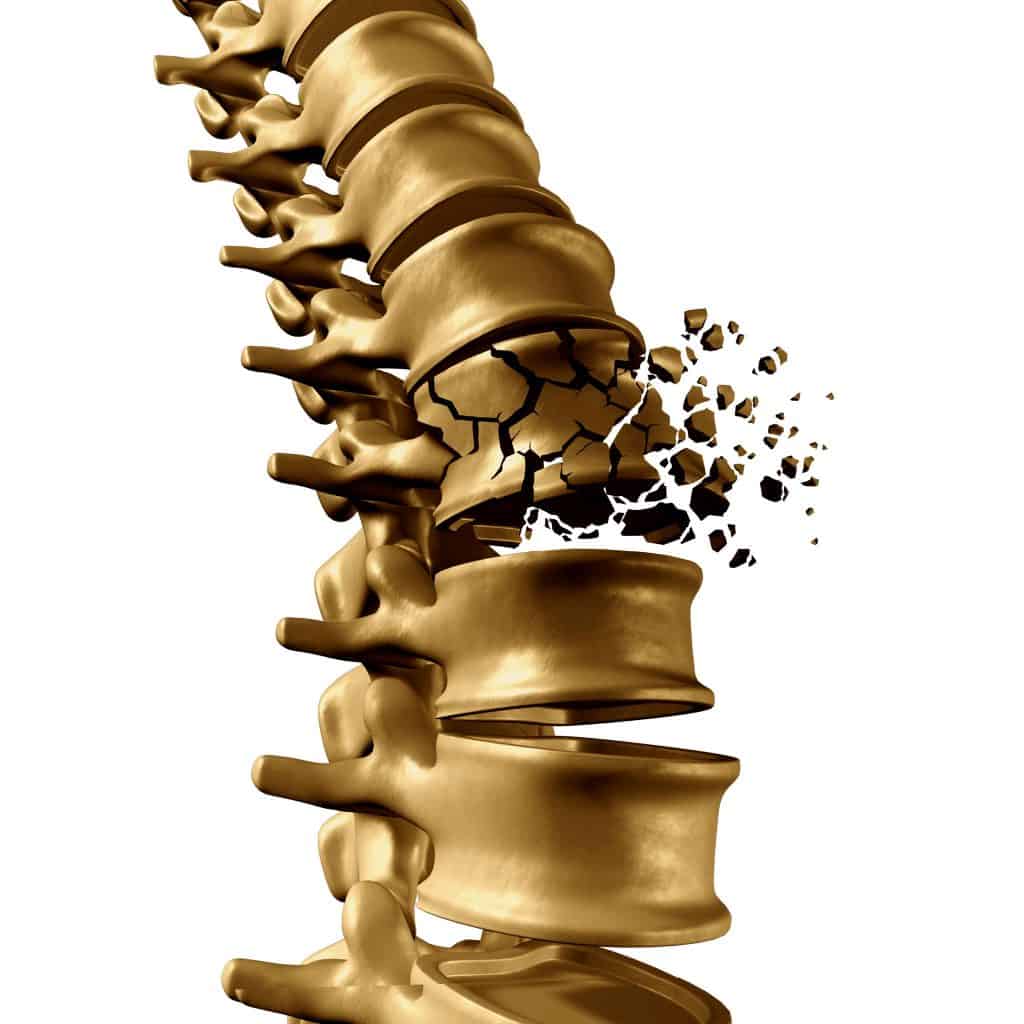The Link Between Diabetes and Osteoporosis – Signs, Treatment, Risks
Posted by Prescription Hope - See Editorial Guidelines (Last Updated On: Fri Apr 21 2023)
Diabetes is a chronic condition that can impact many different facets of a person’s life. More health complications can arise due to diabetes. So, diabetes and osteoporosis could potentially be linked, but how?
In this article, we will discuss how diabetes and osteoporosis are linked and what patients should know. Here is a quick summary to get you started before we dive into all the details.

Link Between Diabetes and Osteoporosis: Individuals with diabetes are more likely to experience bone fractures and osteoporosis. The longer one has diabetes, the higher the risk is for having bone problems, such as fractures or poor healing. A few factors link diabetes and osteoporosis, including low vitamin D levels and high blood sugar levels that cause inflammation.
Despite patients with diabetes having a higher risk of bone problems, they can still live a healthy and normal life by making proper health choices. We will cover everything you need to know about the link between diabetes and osteoporosis, but first, here is a basic understanding of each condition.
Diabetes Overview
There are two main types of diabetes – type 1 and type 2 diabetes. Type 1 is an autoimmune condition in which the pancreas struggles to make enough insulin. Type 2 diabetes is a condition often caused by lifestyle choices, where the cells do not respond well to insulin (insulin resistance.).
Each type of diabetes results in elevated blood sugar levels. Having higher than normal blood sugar levels can result in severe health complications down the road.
Therefore, patients with diabetes are often treated with insulin or oral medications that help with increasing the cell’s responsiveness to insulin (insulin sensitivity).
According to a report by the CDC, over 100 million people are living with diabetes or prediabetes, and many do not know they are contending with the condition.
Osteoporosis Overview
Osteoporosis may also be referred to as porous bone. The condition is described as an individual having low bone mass and deterioration of bone tissue. It leads to bones that are fragile and are at an increased risk of fractures.
Osteoporosis is more common among women, but men can still be affected. The CDC states that about 25% of women over 65 and about 5% of men over 65 have osteoporosis. In many cases, just like with diabetes, people may not know they have osteoporosis until they have an incident that involves a broken bone.
The Link Between Diabetes and Osteoporosis

There could be a couple of different factors that link diabetes and osteoporosis. It is important to note here that those with type 2 diabetes typically have higher bone density. Many patients that are diagnosed with type 2 diabetes are overweight. So, their bones are used to carrying around extra weight. Despite this, the quality of their bone health is typically lower, and their bone density may shrink the longer they have diabetes.
Individuals with type 1 diabetes are more likely to have lower bone density. One reason behind this is that patients are often diagnosed with type 1 in their younger years. Therefore, their bone mass has not peaked by the time they are diagnosed. Bone mass peaks typically during a person’s 20s.
There are a few factors that impact bone health, which include vitamin D, calcium, and various hormones. Many patients with diabetes tend to be more deficient in vitamin D. Vitamin D is not only crucial for a healthy immune system, but it also helps your body absorb calcium, which promotes bone health.
Another link between diabetes and osteoporosis is the negative impacts of high blood sugar levels. Hyperglycemia, especially long-term hyperglycemia, can lead to chronic inflammation.
Elevated blood sugar levels can trigger the body’s inflammatory response mechanism. The inflammatory response causes cells to produce cytokines, which are proteins. Cytokines trigger osteoclasts. Osteoclasts produce enzymes that dissolve bone tissue.
Thus, the inflammation due to hyperglycemia can lead to the breakdown of bone tissue, leading to poor bone health.
On top of all this, some diabetes medications may have a side effect of an increased risk of bone fractures. It is important to remember that your doctor will only prescribe you medications if the benefits outweigh the risks.
Signs of Osteoporosis
A person typically will not display signs and symptoms during the early stages of osteoporosis. As your bones become more and more weakened due to the condition, then you will start to notice signs. However, some early signs may help you detect osteoporosis and weakening bones, which include:

- Receding gums
- Weaker grip
- Brittle fingernails
Symptoms of osteoporosis may include:
- Back or neck pain that may be caused by a collapsed vertebrae
- Loss of height
- Hunched posture
- Bones that break much more easily
Managing Osteoporosis and Diabetes
If you are concerned that you may have osteoporosis or another bone health issue, then talk to your doctor about having a bone density test done. This test measures the density of various bones in the body and can determine if someone has osteoporosis before they suffer from a bone fracture.
Here are some tips for managing diabetes and osteoporosis.
Diet
Adopting a diet that is rich in certain vitamins and nutrients is crucial for maintaining proper bone health. So, consuming foods that have significant amounts of vitamin D and calcium will prove to be beneficial. This may include foods such as eggs, low-fat dairy products, and green leafy vegetables.
Eating foods that help increase your insulin sensitivity will help you control your blood sugar levels better too. Thus, there is a decreased risk of having inflammation caused by high blood sugar levels, improving overall health.
Exercise
Bone is composed of living tissue that responds to various things, including exercise. Weight-bearing exercises can increase your bone density, as the tissues learn to adapt to holding more weight. Practicing yoga, balancing, and working on flexibility will also help reduce your risk of having falls, which can damage bones.
Exercising can also significantly improve your diabetes conditions by lowering your blood sugar levels.
Make Lifestyle Changes
Certain lifestyle choices can be detrimental to a person’s health. For example, smoking and alcohol consumption can both negatively affect bone health by limiting the amount of calcium absorbed from food. Smoking and alcohol consumption can also cause your diabetes condition to become worse.
Getting outside in the sun can also help increase your vitamin D levels. Sitting out in the sun for a few minutes every day allows your body to absorb vitamin D through your skin.
Take Supplements
If you are deficient in vitamin D, calcium, or another vital nutrient, then taking supplements may be the best option for you. You should talk to your doctor about what supplements are right for you before taking any.
Medication
Diabetes and osteoporosis do not have cures. However, there are treatment options available through medicine. Some medications used to treat osteoporosis include:
Conclusion
Now that you have a better understanding of the relationship between diabetes and osteoporosis, we hope that you take the right steps to ensure you are healthy. Always consult your doctor for questions regarding your specific condition.
If you are paying more than $60.00 a month through Prescription Hope’s medication access service for one of your medications, then it might be time to join Prescription Hope. We work with pharmaceutical companies directly to provide you with the medicine you need at a set, affordable cost. Enroll with us and start paying just $60.00 a month through Prescription Hope’s medication access service for each of your medications .

